Smartphone cameras explained: everything you need to know about the snapper in your smartphone
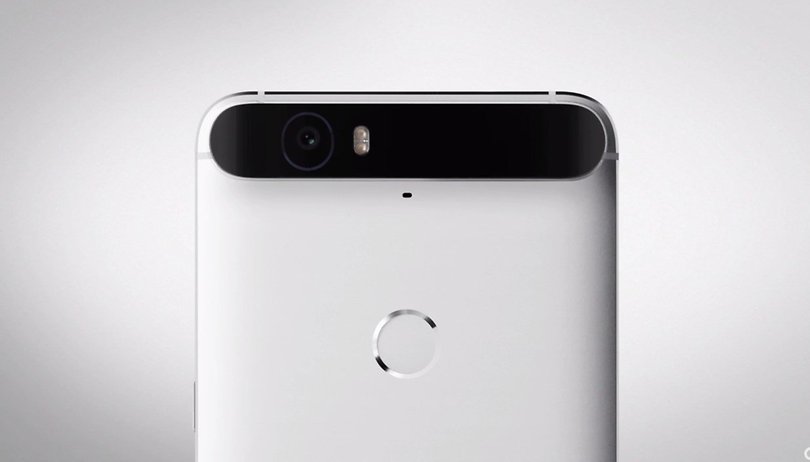

Every smartphone has a camera, but what those cameras can do varies widely: some are better in low light, some can record video in 4K, and others can compensate for shaky hands. The reason? What they’re made of and what their software does with it. Want the technology in smartphone cameras explained? Then you’ve come to the right place.

Smartphone cameras explained: the basics
Every smartphone camera is different, but they all have the same things in common. They all have a lens, which enables them to see things; they all have a sensor, which takes what the lens sees and turns it into digital data; and they all have software, which analyzes the data and turns it into an image file that you can do something with.
It’s the combination of those things that decides how good (or bad!) your image will be, and the following terms are used to give you an idea of what the camera can do.
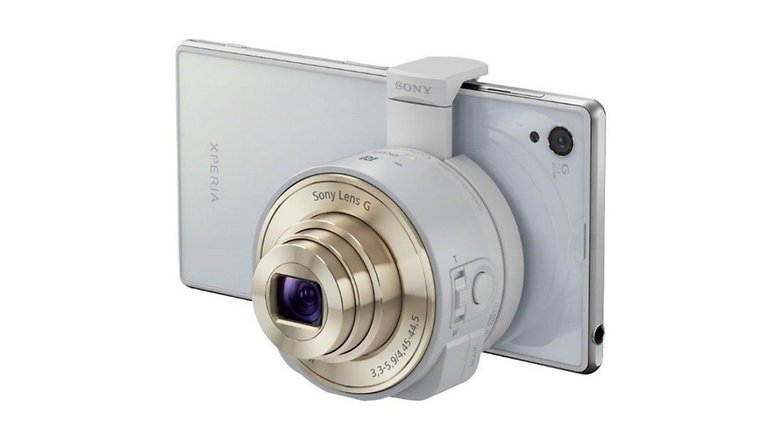
Megapixels
Megapixels, or MP for short, are the measurements of how many pixels a camera’s image will contain. One megapixel is one million pixels – 1,000 x 1,000 – so a 20 MP image will have 20 million pixels.
Generally speaking, the more pixels you have the better. You can zoom in or crop the image without worrying it’ll get all blocky. However, there’s more to the quality of the photos than mere numbers, and it’s perfectly possible to get a better photo from a 12 MP phone camera than from a 20 MP one.

Sensor size
The bigger the sensor, the more it can see and the better the photos it should take. The size of a typical smartphone sensor is around one-third of an inch, but, in some phones, the sensor can be as big as an inch.
The bigger the sensor the bigger the pixels, so in theory at least if you have two phones with the same megapixel count but one has a bigger sensor, that one will produce the better shots.
CCD and CMOS
Smartphone sensors usually come in one of two forms: CCD (Charge Coupled Device) and CMOS (Complementary Metal Oxide Semiconductor). Early smartphones used CCD sensors, but most modern phones use the more complex, and until recently more expensive, CMOS sensors.
There are differences between the sensors in different devices, however, so it’s important to read reviews and check out device comparisons to discover how well each firm’s sensors perform.
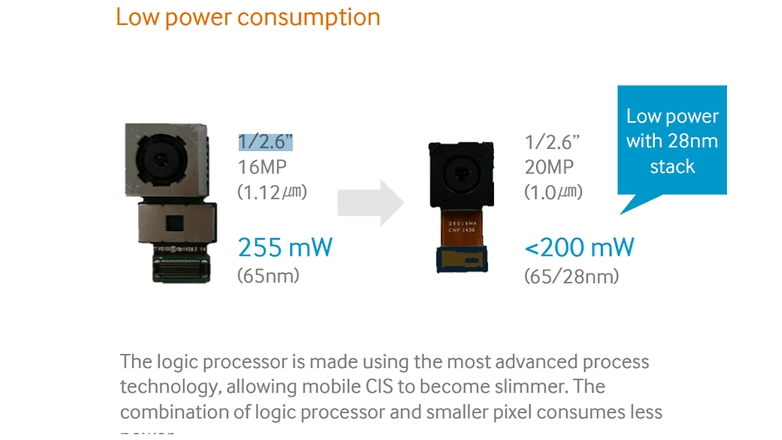
Aperture
Aperture is how much light a lens lets in, and it’s expressed in f-stops: f/2.0, f/2.8 and so on. The smaller the number the bigger the aperture and the more light gets in, so if you want really great low-light performance without a flash, for example, you want the lowest aperture you can.
Smaller aperture numbers also indicate that you’ll get interesting depth of field effects, where the foreground is clear but the background is blurry.
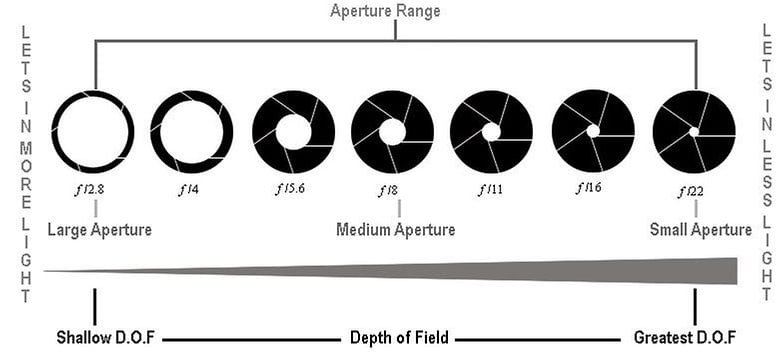
ISO and shutter speed
Aperture is part of a trio that affect your photos, and the other two parts are ISO and shutter speed. Shutter speed is how long the camera keeps the lens open to take a picture, and ISO is how sensitive your camera is to the available light. Many camera apps allow you to adjust both of these things.
The bigger the ISO number the more sensitive your camera is to light, so for example, if you’re shooting at ISO 100 the camera needs one second to capture the image, while at ISO 800 it only needs 0.125 seconds. That extra sensitivity comes at a cost, though, and that’s noise: if you’re shooting at really high ISOs you’ll see a lot of noise, which manifests itself as a grainy effect. Different cameras handle noise in different ways, but as a rule of thumb, if you’re using big numbers noise is inevitable, so you really want to use the lowest ISO possible.
The other thing you can often change is the shutter speed. The longer your shutter is open the more light it’ll capture, but it’ll also make your camera more vulnerable to shakes and blurred movement. For action shots you want fast shutter speeds; for shooting in low light or trying to take pictures of lightning or fireworks, a long shutter will produce the best results.
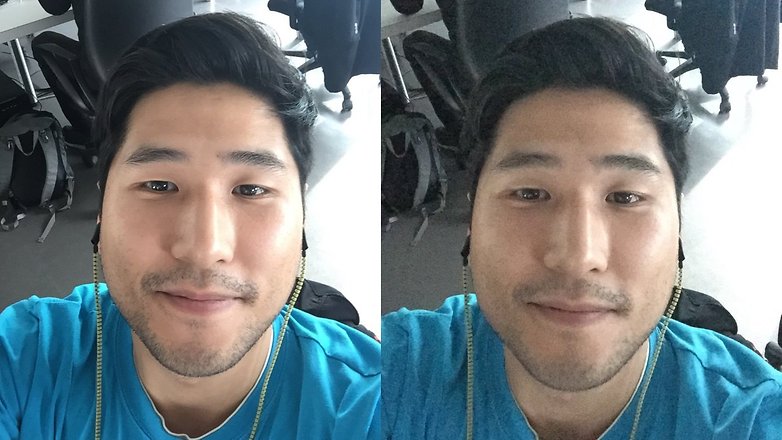
Image stabilization
There are two kinds of image stabilization: digital image stabilization, which uses software to compensate for slight shakes and to keep the image stable, and optical image stabilization, which uses mechanical means to keep the lens still.
Optical is usually better than digital stabilization, especially in low light. Unless the software is really, really good – and it often isn’t – it can’t compete with the shake-free footage you get from a lens that moves when the camera does
HD and 4K
HD and 4K are measurements of resolution, just like megapixels, but they’re used to describe video. HD means high definition, which is 1,920 pixels x 1,080 lines, and 4K or UltraHD is double that: 3,840 x 2,160 lines. Eventually, we’ll get 8K, which is twice the resolution of 4K.
The main advantage of 4K is that you can zoom in dramatically and still be left with an HD recording, which keeps your creative options open. The downside is that 4K recording takes up twice the space of HD, so it’s not great for smartphones with limited storage.
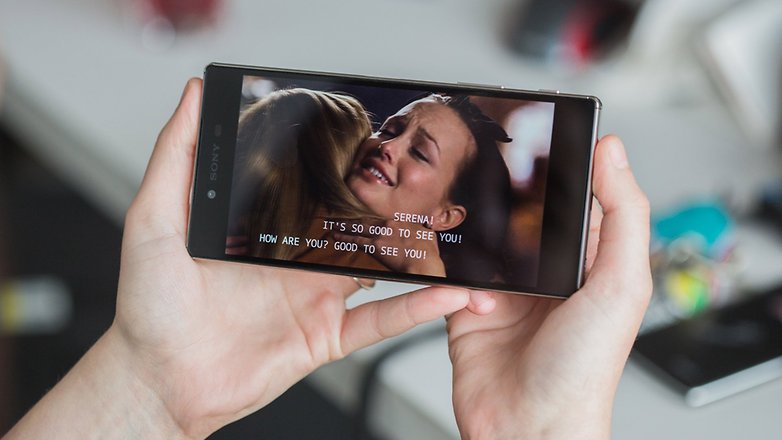
RAW format
Most smartphone images are saved as JPEG image formats, but some high-end devices can also record in RAW. RAW is better for professional photographers because it records nothing other than what the camera sensor saw; JPEG images are optimized and compressed to save space. RAW also understands more levels of brightness, and it’s easier to correct a RAW image than a JPEG.
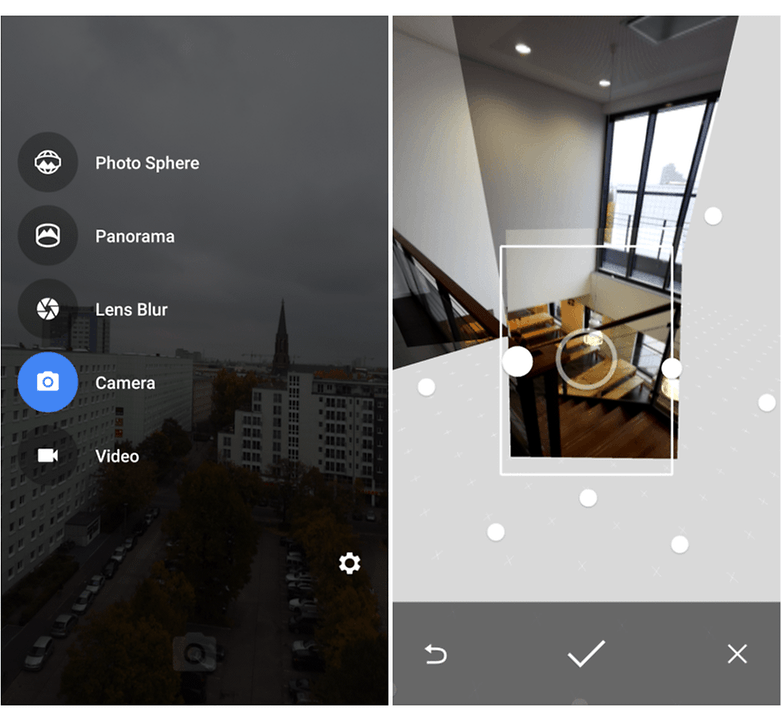
Software and apps
The lens is great, the image is stabilized and the sensor is enormous, but bad software can snatch digital defeat from the jaws of victory. Poor JPEG optimization, bad image processing algorithms and overzealous color correction can make a huge horse’s arse of your carefully considered photos.
The good news is that you can try an alternative camera app – we quite like Google Camera, and there are stacks of really good third-party camera apps in the Play Store too. But prevention is better than cure, so we’d definitely recommend checking out the camera sections of our in-depth smartphone reviews to help you avoid the duffers.
How important is a good smartphone camera to you? Do you use an alternative camera app? Let us know below.
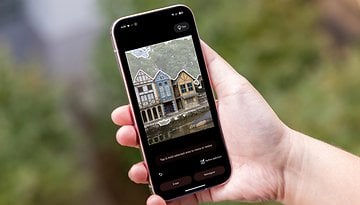









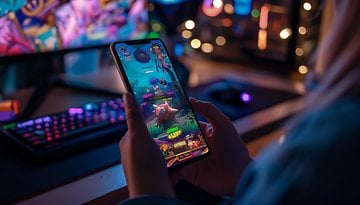



The performance of cameras on smartphones has been greatly improved, and this can be seen in the quality of images, close to those of dedicated devices. Obviously a direct comparison can not be done, but qualitatively the resulting photos have very high quality levels. And a smartphone can carry it with me anytime in my pocket!
This article was great it really helped me better understand how phone cameras work. Thanks.